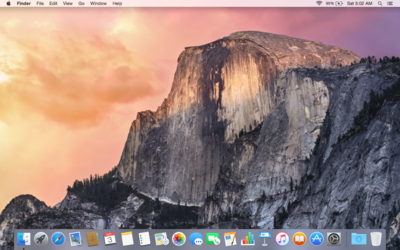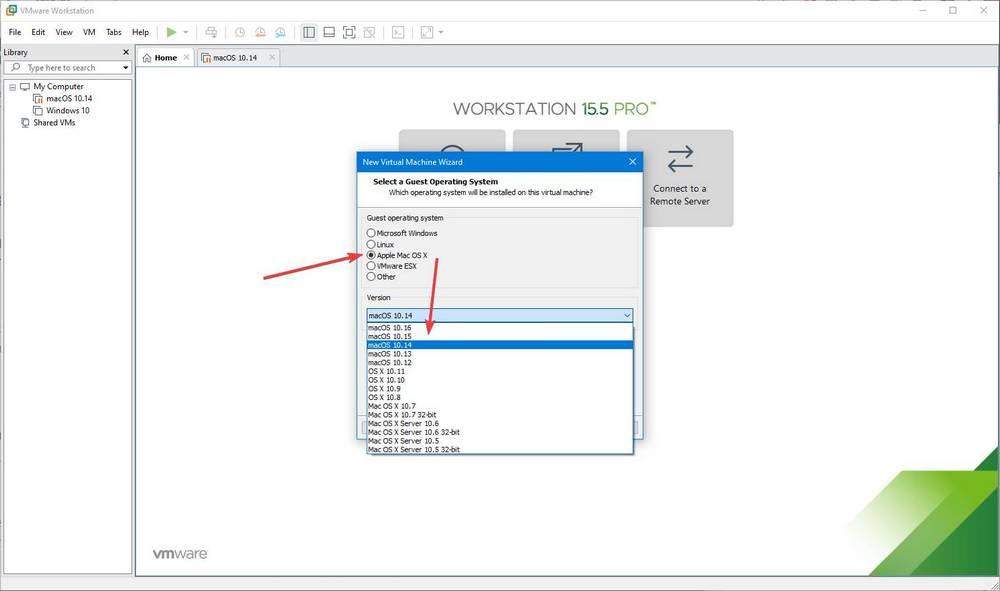As we shared earlier today, the macOS operating system — formerly called Mac OS X — is turning 20 years old this Wednesday, March 24, 2021. To celebrate the occasion, none other than Scott Forstall decided to use his Twitter account tonight to congratulate Mac OS X.

In a post on his personal Twitter account, which he doesn’t use often, Forstall celebrates the 20th anniversary of Mac OS X and remembers when Steve Jobs decided on the name for the 10th version of Apple’s operating system.
Mac Os X 10.14.4 For Safari Download Free
Use /etc/paths.d/ directory via the pathhelper tool to generate the PATH variable for all user accounts on the system. This method only works on OS X Leopard and higher. See also: Customize the bash shell environments from the Linux shell scripting wiki. UNIX: Set Environment Variable; Man pages – bash(1), pathhelper(8).
“I still remember when we named you. In a small room in IL1. When Steve slashed a large X on the wall and smiled. Look at how far you’ve come from a young Cheetah,” said Forstall. The system was named Mac OS at that time, but Apple had been working on a completely new version that came to be Mac OS X.

Long-time Mac users may remember that the first versions of Mac OS X were named after big cats, but that was only because Apple used “Cheetah” as the codename for Mac OS X 10.0. Mac OS X Yosemite 10.10 is another product in Apple’s line of Mac OS X. Apple, in its line of amazing Mac OX titles, launched the Mac OS Yosemite 10.10 which took the world by storm. It’s new improved features allow even greater synchronization between iPhones and Macs when using the Internet.

Mac Os X 10.14.4+ For Safari

Long-time Mac users may remember that the first versions of Mac OS X were named after big cats, but that was only because Apple used “Cheetah” as the codename for Mac OS X 10.0. After that, the company decided to use the big cat names for other versions of OS X, such as Puma, Tiger, and Leopard.
Scott Forstall worked for NeXT with Steve Jobs since 1992 and joined Apple in 1997 after the company was acquired. He became SVP of software at Apple in 2003 and was deeply involved with the development of iPhone in 2005 — which made Forstall to be considered the “father of iOS.” In 2006, he took the lead in the development of Mac OS X as well.
Forstall left Apple in 2012 after the Apple Maps controversy in which the company replaced Google Maps with its own map solution, which was deemed unfinished and buggy. He was mainly replaced by Craig Federighi, who leads Apple’s software engineering to this day.
FTC: We use income earning auto affiliate links.More.

